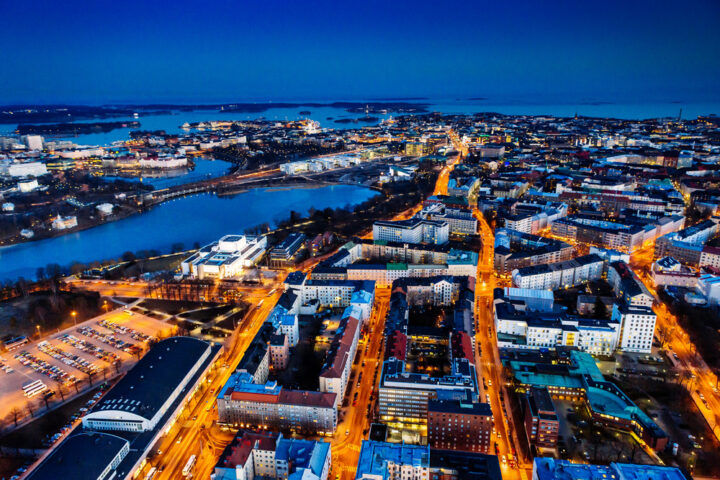Configurable and energy-efficient smart buildings are playing a central role in decarbonizing society. The contribution of buildings to CO2 emissions is about 40 %. Most of the emissions are caused by energy use, and by smart energy management and optimization, it is possible to significantly reduce the negative impacts. According to a IEA scenario, the energy demand keeps growing, and as the energy production is shifting more towards renewable energies, the need for flexibility is rising too. For example, wind and solar power are intermittent and cannot be dispatched on demand. Smart buildings can adjust to the prevailing situation, making them a great source of flexibility and enabler for renewable energy use.
However, smart buildings cannot be designed merely from the energy point of view: it is crucial to observe the human factor too. We spend most of our lives inside, and the way buildings respond to our needs can increase or decrease the quality-of-life quality. If the energy optimization creates negative or unwanted impacts on the indoor environment, it might result in negative attitudes towards the system. Therefore, smart systems need to be adjusted to match the user needs.
To be able to develop smart systems that are good for both the environment and people, the use of data and management tools becomes centric. In the BEYOND project, we aim to provide additional analytics and services for real-time optimization and energy management of buildings. The target is to create a building analytics and management toolbox consisting of a highly effective set of features that will allow real-time energy performance monitoring of buildings without compromising the needs and requirements of the occupants and visitors.
In the presence of RES, storage, and other flexibility sources, the tool will allow us to design appropriate flexibility control strategies in order to maximize self-consumption in buildings. That will drastically reduce energy costs without neglecting key occupant requirements for comfort, productivity, and well-being. The tool consists of an appropriate configuration of VTT’s Digital-Twin model that is created by mixing existing mathematical & physical models of the building. It will also be trained based on real-life measurement data along with data referring to the geometry of the building and the thermal properties of building envelope elements and flexibility analytics.
By developing new models and tools for smarter energy use and healthier buildings, we can both create positive impacts in the society in short term and ensure a sustainable future for the upcoming generations.






